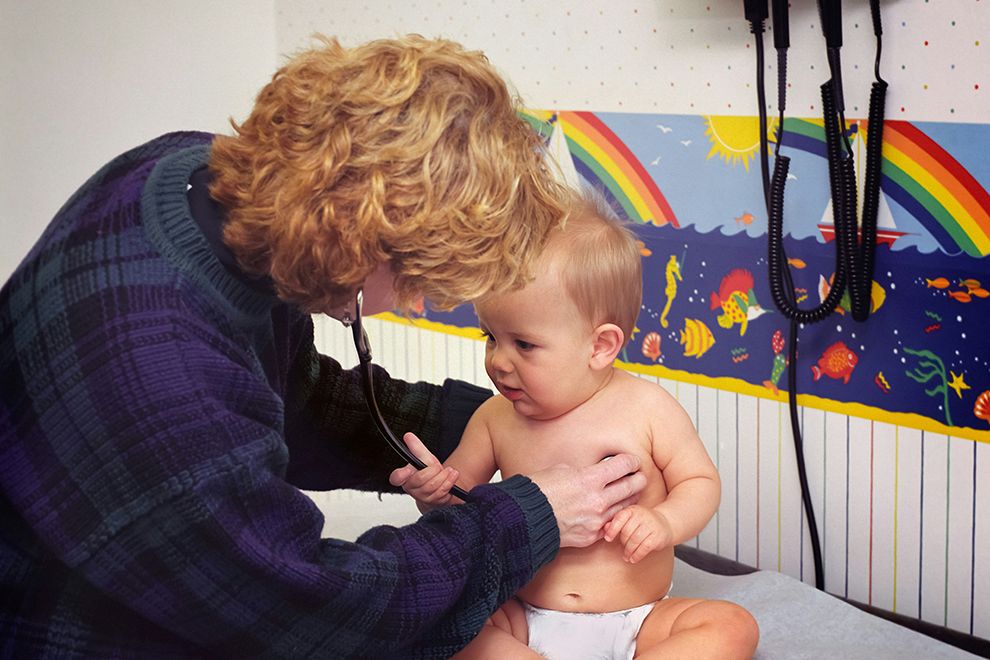As a parent, you’ll often hear conflicting advice on how to best care for your child. Whether it’s from family members or online articles, it can be hard to know what information is myth or fact. When it comes to pediatric dentistry, there are several common misconceptions – let’s examine them to see what may or may not be beneficial to your child’s optimal oral health.
Myth: After brushing my child’s teeth, I should rinse their mouth with water.
The American Academy of Pediatric Dentistry (AAPD) guidelines recommend brushing two times per day and say rinsing should be kept to a minimum or avoided altogether. One of the main benefits of regularly brushing your child’s teeth is the frequent exposure to toothpaste, which has powerful ingredients for lowering the risk of cavities. Ultimately, the more time toothpaste is in contact with the teeth, the more effective it is. Rinsing after brushing removes the residue on the teeth and limits the amount of time toothpaste touches the teeth.
Myth: I should use a non-fluoride “trainer” toothpaste when brushing my 2 year old’s teeth since they don’t spit.
Guidelines from the AAPD recommend using a fluoride toothpaste as soon as a child has teeth. For children under 3 years, a smear or rice-sized amount of toothpaste is recommended. Children age 3 and above should use a slightly larger pea sized amount. The most common sign of over exposure to fluoride toothpaste is dental fluorosis or developmental white spots seen on the permanent teeth once they erupt. Studies shows that using these recommended amounts of fluoride toothpaste minimize the risk of dental fluorosis but offer much greater protection against cavities compared to using toothpaste without fluoride.
Myth: My child rarely eats candy and brushes every day. They should never get a cavity.
While regular brushing and limiting exposure to candy can lower a child’s risk for cavities, there are many other opportunities for cavities to develop. Ultimately, the longer the amount of time any carbohydrate touches a child’s teeth, the higher the risk for dental cavities. Kids who frequently or repeatedly expose their teeth to carbohydrates in the form of grazing on snacks or sipping on sweetened or acidic drinks throughout the day may have an increased risk for cavities, even if the total amount of carbohydrates consumed is relatively low. Stickier versions of foods also present a higher risk for cavities since they stay on the teeth for longer periods of time. When children eat something like crackers, portions of those crackers often stay in the grooves of the teeth for a relatively long time. Generally, whole versions of foods also tend to be less sticky than more processed versions (think grapes vs. raisins) and stay on your teeth for a shorter length of time.
Myth: My child must not have a cavity because they have not complained of any pain.
While cavities have the potential to cause significant pain, discomfort alone is not always a good predictor for the presence or severity of a cavity. Children may experience pain but not be able to accurately communicate what they feel or may think that what they feel is normal. Many parents don’t know their child has a tooth that’s hurting them until it prevents them from eating normally or wakes them up at night. Additionally, cavities can get quite large in some cases before any pain or discomfort is experienced. By that point it may be too late to treat a tooth with a simple filling, and more advanced procedures may be necessary.
Myth: My child is turning 3 years old soon. It is a good time for their first dental visit.
Current guidelines from the AAPD recommend a child’s first dental visit occur within six months of their first tooth erupting or by their first birthday. Decades ago, children often had their first dental visit at 3 years old because that is an age when many children will sit cooperatively in a dental chair and tolerate a dental exam and cleaning. By that age, most children have had teeth for two or more years and occasionally cavities have already formed on their teeth. Visits are now recommended for 1 year olds to screen for early warning signs of cavities, assess risk for dental disease, and provide education and guidance on proper hygiene and diet. Additionally, early dental visits establish your child with a dental practice. If something unexpected happens to your child’s mouth or teeth, such as falling and fracturing a tooth while playing, outcomes are generally better if you have a dentist you know you can reach out to rather than trying to establish care with a new office unexpectedly (and potentially at an odd time like an evening or weekend).
Unfortunately, in modern society dental cavities are very common. Reports estimate that 20 percent of children are affected by dental disease by age 5. Establishing early dental care and utilizing evidence-based recommendations can aid in your child’s overall oral health.





